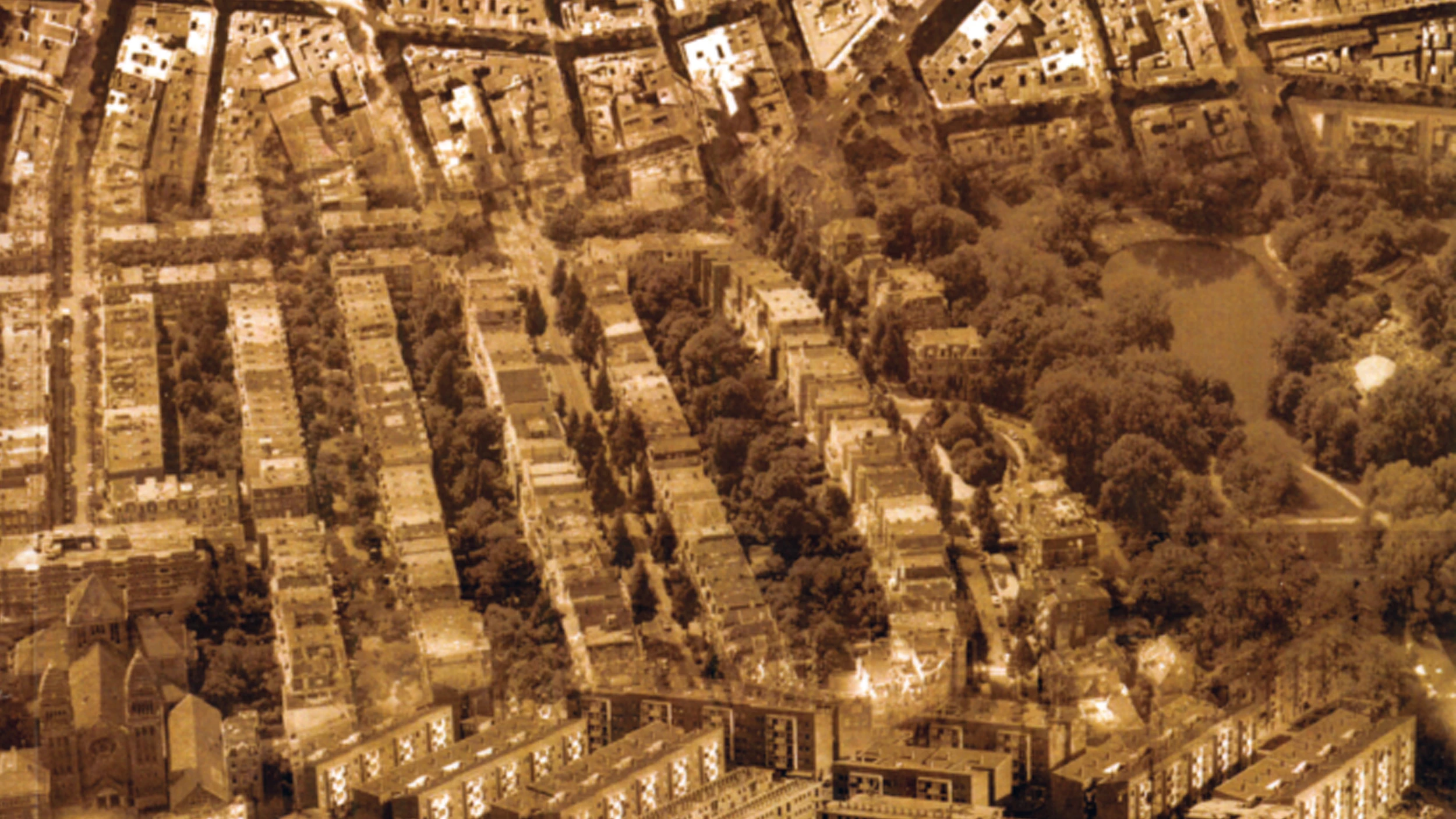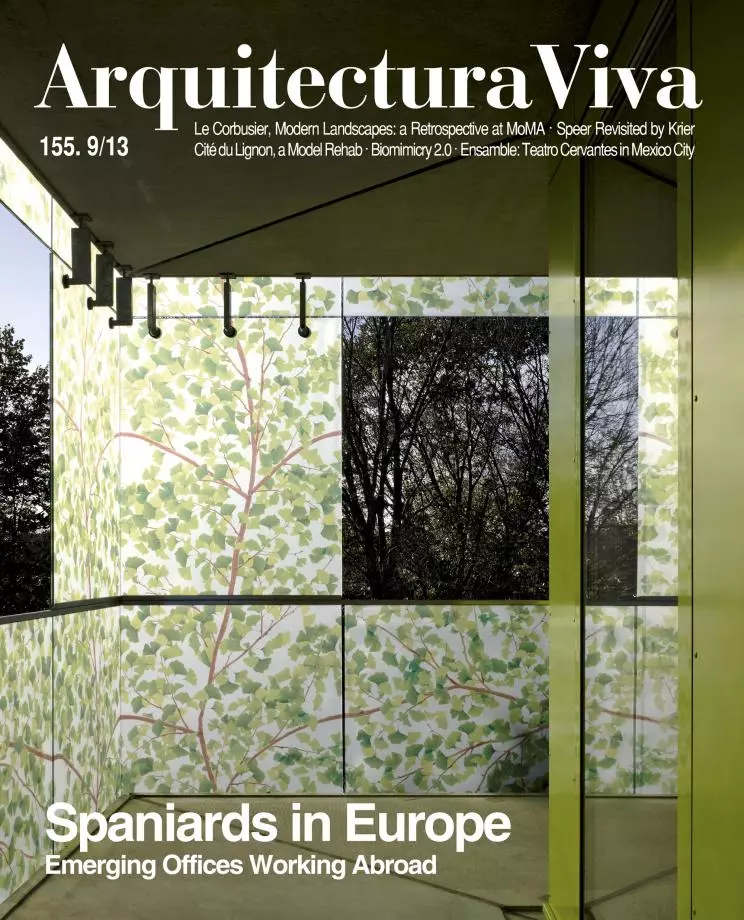
The value of the book lies mainly in how it considers the dwelling an essential component of the city, and in how it proposes a reading of the city from the angle of its residential fabrics. It is a mature, synthetic reflection that compiles the best of the author’s writings on the formation of the contemporary city and the residential morphology through a dissection of Madrid’s recent experiences.
Those familiar with the mastery and commitment of Ramón López de Lucio knew not to expect a mere historiographic revision of good contemporary practice. We find here a text of theory and lucid criticism, conceived to help improve our cities. The echo of the likes of Mumford or Sennet and the incisive spirit and pragmatic time of Jane Jacobs are not far away.
The book is also a teaching tool. It combines graphic material with a way of regarding projects not only conceptually, but in terms of spatial and architectural reality. The marketdriven city is set against the mediumscale residential project’s capacity to stimulate reflection. It does not avoid proposing operational design criteria having to do with densities, morphologies, types or the bioclimatic, and it directs its sharpest darts at autistic projects that ignore the city and the changing needs of its inhabitants.
Housing has elicited some of the best reflections and material experiments of the Modern Movement. It can also today be the expression of new ways of living, and a field for implementing architecture’s urban and ecological responsibility.







